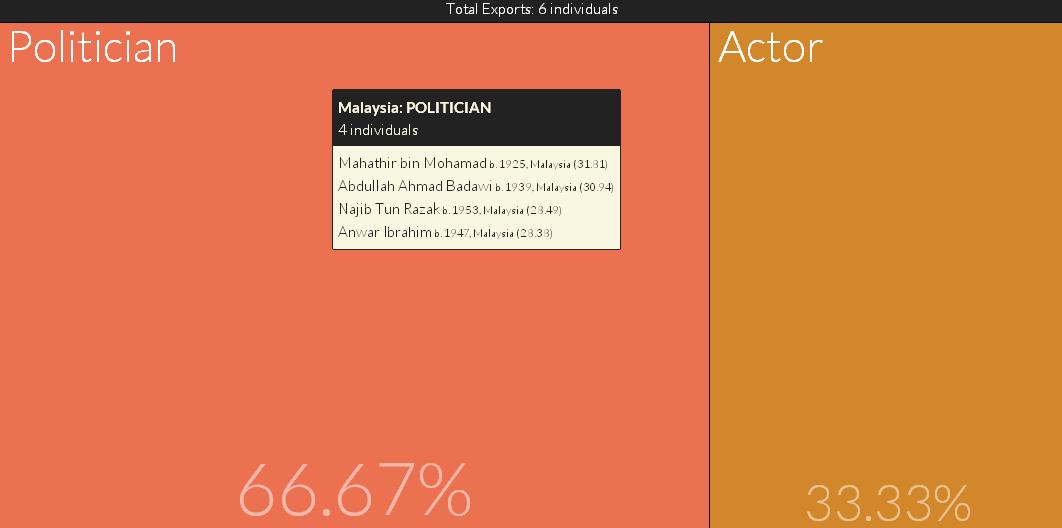Pantheon Project Maps the Most Famous People in History
Mar 27, 2014 16:18

MIT Media Lab's Pantheon project is “an effort for the first time to generate a global comprehensive map of famous connections," with world maps, treemaps, matrices, and scatterplots, according to César Hidalgo, director of Macro Connections group.
Hidalgo's team first established a list of the most Wikipedia-ed people, whose names appear in at least 25 languages, to create Pantheon. The team then sorted the 11,000 or so names as per place of birth, primary profession, and so on. They also carefully deleted what Hidalgo calls “a flavor of the month,” like Psy, the K-Pop phenomenon behind Gangnam Style. “He didn’t break the barrier of time. It was something very ephemeral,” Hidalgo says.
Naturally, the key to identifying who was more famous than another was to look at the lasting impact the famous person had on the world. For example, the world’s most famous architect is Imhotep, because the Egyptian Pyramids have stood the test of time.
Hidalgo does however point out that Pantheon's take on who's more famous than another is not really the point. “The rankings are not meaningful or significant,” Hidalgo says. “If you look at mathematicians, Hungary and France have produced a disproportionately large number of mathematicians. Argentina and Brazil are very much based on soccer players. In Chile, you have politicians and a nice group of writers.”
This sort of information could be useful for teachers and students, Hidalgo says, and also for a policymaker who wants to argue in favor of supplying a certain sector with more resources.
Check out Pantheon's maze here.







































































